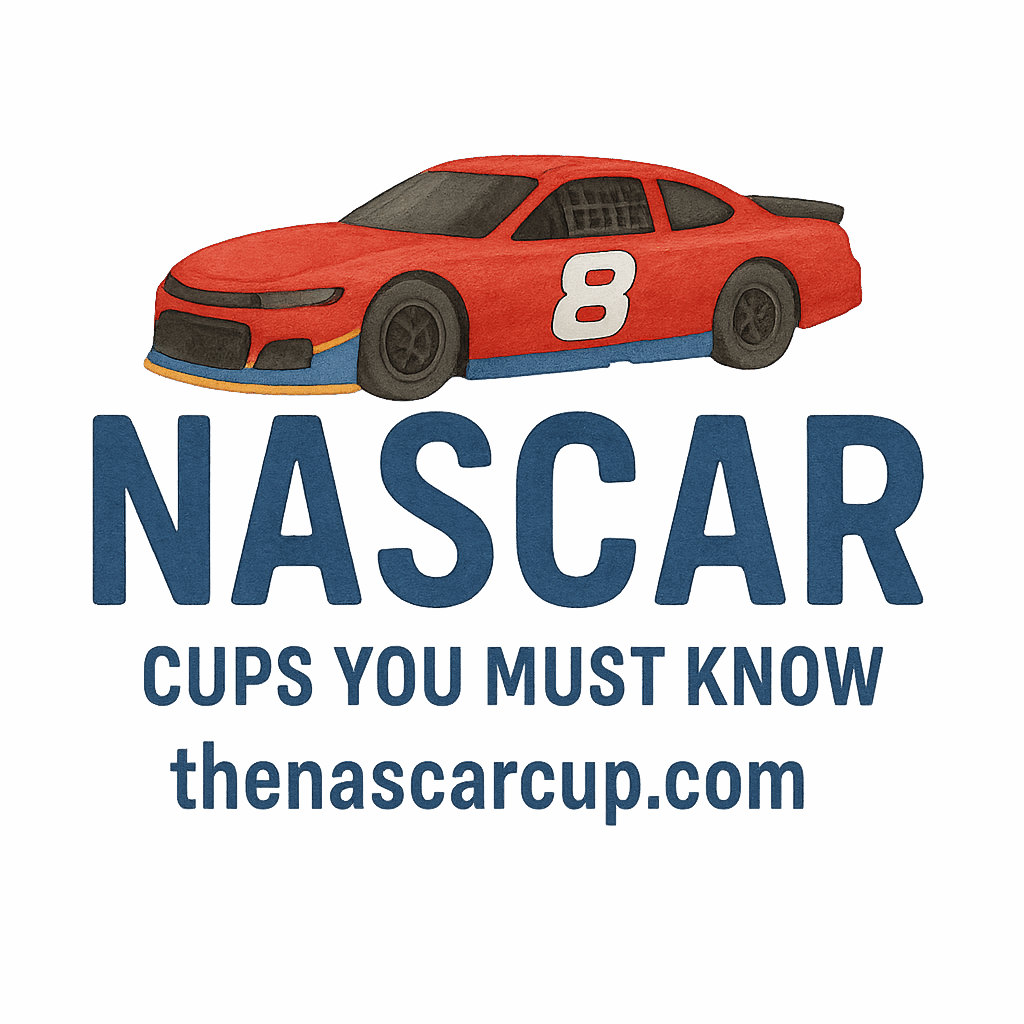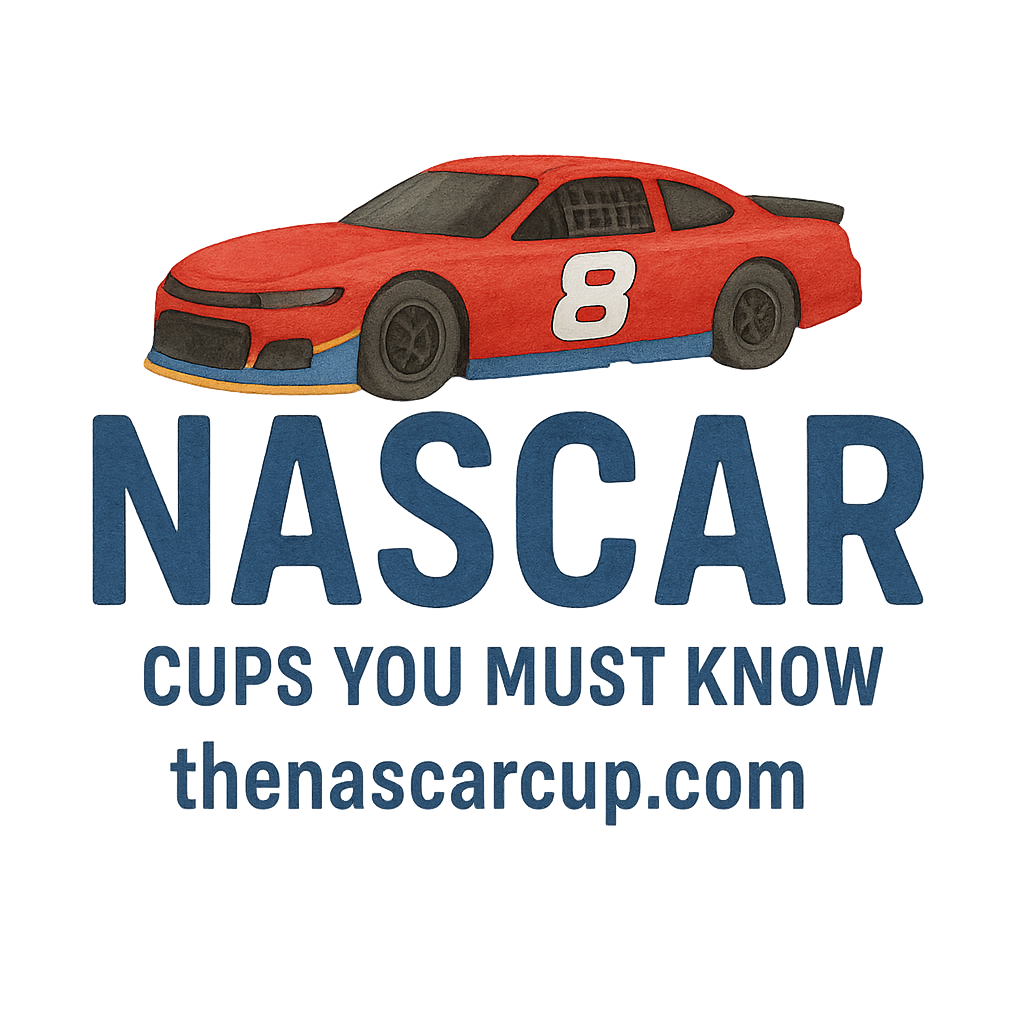Introduction: The Fast Track of NASCAR Design Evolution
If you’re a racing fan, you know NASCAR is more than just high-speed thrills and tire smoke—it’s a cultural icon. But beyond the roaring engines and legendary drivers lies another fascinating evolution: the design of the NASCAR Cups. From modest beginnings in the 1940s to today’s cutting-edge engineering marvels, these trophies have transformed dramatically.
In this article, we’ll race through nine decades of NASCAR Cups design evolution, highlighting how materials, aesthetics, technology, and even fan expectations have changed the game.
Buckle up—we’re about to take a thrilling ride through NASCAR history and design excellence!
The Birth of NASCAR Cups: 1940s
Stock Car Roots and Simplicity
NASCAR officially launched in 1948, and during its humble beginnings, the cup designs were incredibly simple—almost rudimentary. Think of the earliest trophies like old-school diner mugs or brass goblets. No flash. No drama. Just a physical token of victory.
This was still a time when stock cars really were “stock,” so the cup design mirrored that raw authenticity.
Materials and Function Over Form
In the 1940s, materials were limited due to post-war scarcity. Most trophies were crafted from basic metals like brass or tin, often with wooden bases. The goal wasn’t flash—it was symbolic recognition.
Explore more about NASCAR’s humble roots in our NASCAR Cups History archive.
NASCAR Cups in the 1950s: The Golden Age of Toughness
Aesthetic Simplicity with Added Weight
As NASCAR grew in popularity, the cups got a bit more “serious.” They started to resemble traditional championship trophies—heavier, more solid, and slightly better polished.
Driver-Centered Adjustments
Trophies were still relatively small in size compared to today, but more attention was given to the drivers’ personas. Cups started including engraved names, event details, and dates, bringing a sense of prestige.
The 1960s: Power Meets Style
Sleeker Bodies and Branding Begins
In the 1960s, NASCAR was becoming a household name. Alongside muscle cars dominating the track, NASCAR Cups started getting stylistic upgrades.
They became more streamlined—some even incorporated the shape of racecars or flags in their design.
First Glimpses of Customization
Cups began to vary between tracks. For example, Daytona started giving out uniquely crafted trophies, setting the trend for future customized rewards.
Want to know which drivers and teams made these eras unforgettable? Dive into our Drivers & Teams section.
1970s NASCAR Cups: The Rise of Identity
Bigger, Bolder, and Badder
The 1970s were all about standing out. NASCAR Cups started becoming icons in themselves—larger, shinier, and more detailed. Chrome finishes, flag emblems, and engraved outlines of tracks began appearing.
Sponsor Logos and TV Appearances
This was also the decade NASCAR moved deeper into mainstream media. As sponsors rolled in, cup designs reflected corporate branding—Pepsi, STP, Goodyear, and others began featuring prominently.
For more on fan-favorite events and races from this era, visit Races & Circuits.
1980s: Aerodynamics and Technology Step In
Wind Tunnel Testing Begins
Not just for cars anymore! Designers began using wind tunnel tech and 3D modeling for trophy aesthetics. Shapes became more fluid—meant to evoke speed even at rest.
NASCAR’s Image Grows with Cup Design
Cup designs helped solidify NASCAR’s identity as a tech-savvy sport. Sleek glass, crystal, and brushed aluminum started replacing older materials.
For more legendary designs and stories, explore our Legendary Drivers collection.

The 1990s: Safety, Speed, and Streamlining
Safety Reinforcements Enter the Scene
As NASCAR tackled safety upgrades on the track, the cups themselves reflected this shift. Stronger materials, more balanced bases, and greater height came into play.
Iconic Designs and Driver Legacy
Trophies now paid homage to racers like Dale Earnhardt and Jeff Gordon—integrating their imagery, colors, or signature moves into the design.
Check out how the memorabilia market values these designs today on our Memorabilia Marketplace.
2000s: The “Car of Tomorrow” Era
Radical Redesign for Driver Safety
In the 2000s, NASCAR underwent a seismic shift with the “Car of Tomorrow”—and cups followed suit. Cups started reflecting futuristic themes, with geometric lines and high-gloss finishes.
Standardization vs. Style
Some fans loved the cleaner, consistent look. Others missed the chaotic charm of earlier decades. It was a time of tension between tradition and technology.
Discover which motorsport rules drove these changes in depth.
The 2010s: Back to Personality and Performance
Modern Materials and Improved Safety
Carbon fiber, stainless steel, and tempered glass became standard in cup design. And 3D-printing started making its way into the mix for personalized elements.
Bold Graphics and Digital Presence
With the rise of social media, cup designs had to look great in photos and videos. Eye-catching graphics, LED features, and even AR (Augmented Reality) compatibility became part of the design language.
Explore how this shaped the fan experience more deeply.
2020s and Beyond: Innovation Meets Legacy
Electric Concepts and Hybrid Future
With the dawn of electric racing and sustainable tracks, cups are expected to integrate eco-friendly materials and smart design features. Think solar-infused bases or recycled metals.
The Fan Experience and Design Integration
Today’s NASCAR Cups are not just for the winners—they’re also digital collectibles, AR-ready replicas, and featured items in fan guides.
You can even find related collectibles and rare items from the last 90 years in the growing fan marketplaces.
For more exciting developments, check out future possibilities in Future Tracks and International Expansion.
Conclusion: From Steel to Soul – NASCAR Cups Through Time
From the dusty wood-and-metal cups of the 1940s to today’s tech-enhanced, fan-focused masterpieces, the NASCAR Cup design evolution mirrors the sport’s incredible journey. Every decade has brought innovation, attitude, and artistry into the spotlight.
And just like the engines on race day, the designs show no signs of slowing down.
Ready to explore more? Visit the heart of it all at NASCARCups.com.
FAQs About NASCAR Cups Design Evolution
1. What was the first NASCAR Cup made of?
Most early NASCAR cups were made from brass or tin with wooden bases due to material shortages after WWII.
2. How has sponsorship affected cup designs?
Sponsor logos began appearing in the 1970s and now often influence design elements, colors, and size.
3. Are modern NASCAR Cups made with eco-friendly materials?
Yes, in the 2020s, there’s a noticeable shift toward sustainable and recycled materials in cup design.
4. Can fans buy replicas of NASCAR Cups?
Absolutely. Visit the Collectibles section for fan-approved replicas and auction listings.
5. What’s the most iconic NASCAR Cup ever?
Many fans point to the Daytona 500 Harley J. Earl Trophy, known for its sleek design and historic value.
6. How does NASCAR incorporate fan experience in cup design today?
Many cups today are designed with photogenic features, AR compatibility, and even fan vote-in elements.
7. Are NASCAR Cup designs the same across all races?
No, many cups are customized for each race, with iconic tracks like Daytona and Talladega having unique styles.


